Galaxy S23 Plus vs Galaxy S22 Plus: Samsung listened!
We may earn a commission if you make a purchase from the links on this page.
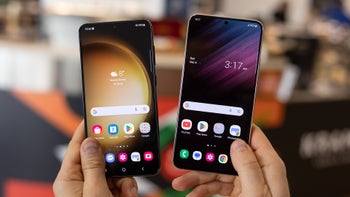
Intro
Although the Galaxy Z Flip 5 and Z Fold 5 are the latest and hottest thing on the Samsung scene, the Galaxy S23 is an important milestone for the company; one that successfully builds upon the exceptional foundation established by all previous Galaxy generations.
And yes, for another year in a row, the most intriguing new phone is undoubtedly the S Pen-equipped Galaxy S23 Ultra, which scored a 200MP camera, we should not forget about the existence of the mid-sized but totally underrated Galaxy S23 Plus. This time around, Samsung has pretty much nailed the mid-sized flagship, and it could be my favorite phone of the year so far.
Yes, I wasn't quite impressed with the Galaxy S22 Plus last year, a phone that had all the makings of a proper flagship phone but somehow disappointed me eventually with its aggressive image processing, uninspiring battery life, and performance woes.
Now, the Galaxy S23 Plus is a device that puts all of that on the chopping table and, well, improves on all fronts, making for a flagship phone that finally feels complete. So, how does the Galaxy S23 Plus compare against its predecessor in detail, the okay Galaxy S22 Plus? What's changed, and what remains the same? Let's explore this in detail!
Galaxy S23 Plus vs Galaxy S22 Plus in a nutshell:
- Refreshed design that boosts the synergy (Galaxy S23 Plus)
- Brighter display, lower minimum brightness of 0.8 nits (Galaxy S23 Plus)
- Gorilla Glass Victus 2 (Galaxy S23 Plus) vs Gorilla Glass Victus (Galaxy S22 Plus)
- Snapdragon 8 Gen 2 for Galaxy (Galaxy S23 Plus) vs Snapdragon 8 Gen 1/Exynos 2200 (Galaxy S22 Plus)
- Larger battery on the Galaxy S23 Plus (4,700mAh) vs Galaxy S22 Plus (4,500mAh)
- Doubled storage options on S23 Plus (256GB, 512GB) vs S22 Plus (128GB, 256GB)
- Slower wireless charging on Galaxy S23 Plus (10W) vs Galaxy 22 Plus (15W)
- Unchanged price ($999)
Table of Contents:
Design and Display Quality
A few notable changes
The Galaxy S23 Plus adopts a refreshed camera lens design at the back, one that's mostly similar to the Galaxy S23 Ultra and Galaxy S22 Ultra. The sloping Contour Cut camera island that gently transitions to the side chamfer is now gone. This unifies the design language of the Galaxy S23 range and boosts the synergy between the three phones; they finally look like they belong to the same device family.
There aren't that many differences between the Galaxy S23 Plus and the S22 Plus in terms of dimensions. The new Galaxy comes along a smidgen taller and wider: the S23 Plus measures in at 157.8 x 76.2 x 7.6mm, while the S22 Plus measures in at 157.4 x 75.8 x 7.6mm. While it's a mostly negligible difference from a size perspective, as the new phone feels just as ergonomic as its predecessor. It would also mean that your old case wouldn't fit the new phone, so you will most certainly have to get yourself a new one.
From a build quality perspective, the Galaxy S23 Plus continues to rely on the so-called Armor Aluminum frame, but doubles down with the strong and durable Gorilla Glass Victus 2 at the front and back (a first on a smartphone). This makes us optimistic about the potential durability of the phone. As far as exterior hardware goes, we have the usual punch-hole front camera cutout, dual stereo speakers, and an overall super-premium look, while a 3.5mm audio jack and a microSD card slot are missing. There's a SIM card slot still, so Samsung is yet to ditch that one.
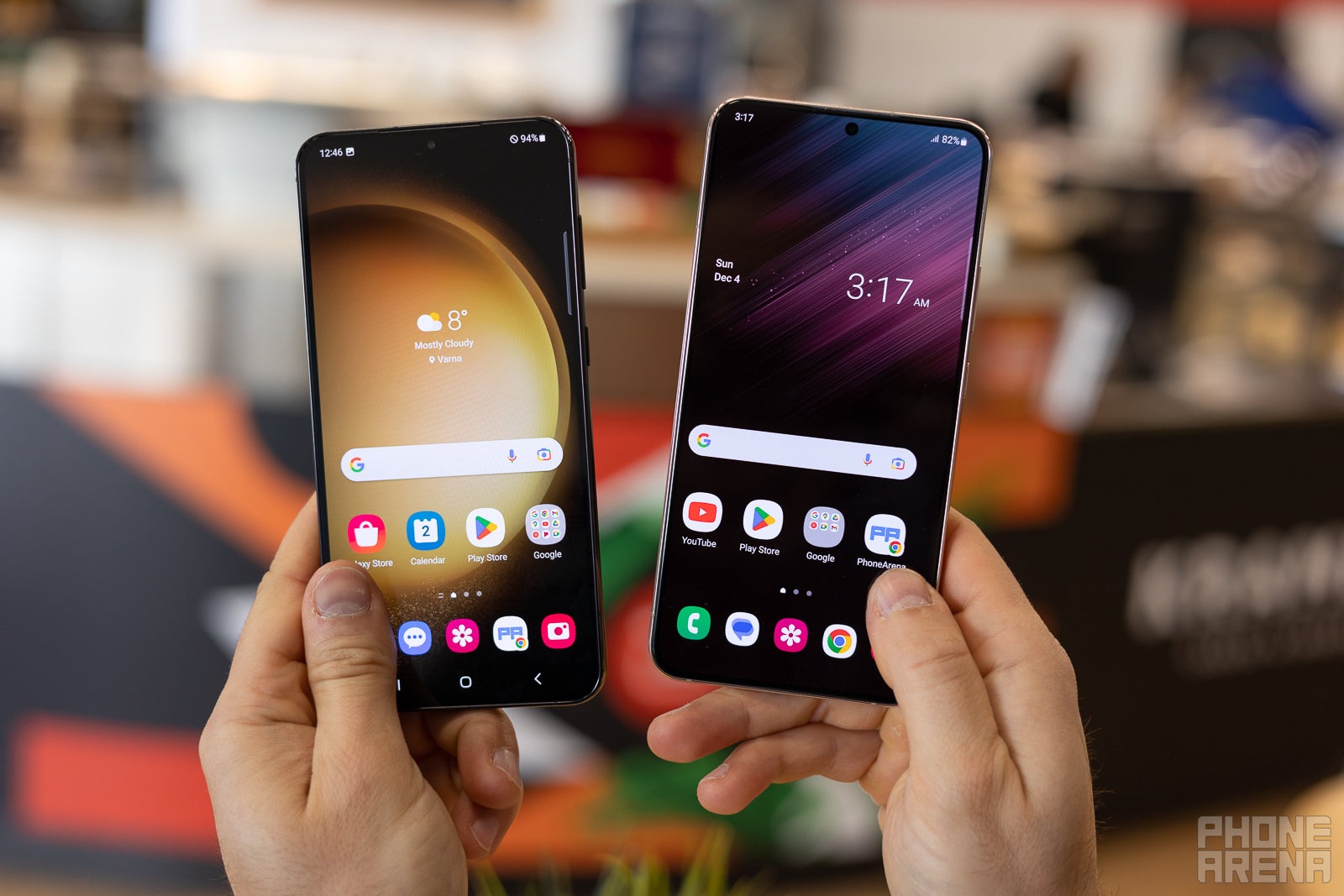
Galaxy S23 Plus vs Galaxy S22 Plus (Image credit - PhoneArena)
In terms of display, the Galaxy S23 Plus still boasts a 6.6-inch Dynamic AMOLED LTPS display with a 2340 by 1080-pixel resolution and a 48-120Hz refresh rate, which is mostly identical to what the Galaxy S22 Plus had to offer. An important change is just how brighter the Galaxy S23 Plus could potentially be and hit up to 1,750 nits of brightness in the right lighting conditions. But in our tests, we hit a much lower maximum brightness than the advertised one. Still impressive, though, and what's most critical is just how dim the display of the Galaxy S23 Plus could get under the right lighting conditions––merely 0.8 nits!
But forget the improvements on paper: both the Galaxy S23 Plus and Galaxy S22 Plus have excellent OLED displays, with the signature deep contrast, vivid colors, good viewing angles.
Overall, it's quite doubtful that the Galaxy S23 Plus display could disappoint you: it's as good as they come, but the same applies to the Galaxy S22 Plus, so it's a bit difficult to establish a clear winner. In our tests, the particular Galaxy S22 Plus unit has better color rendition and accuracy, while the Galaxy S23 Plus has a slightly colder display with a higher Delta E, which generally means less color accuracy.
Performance and Software
Enter the Qualcomm era
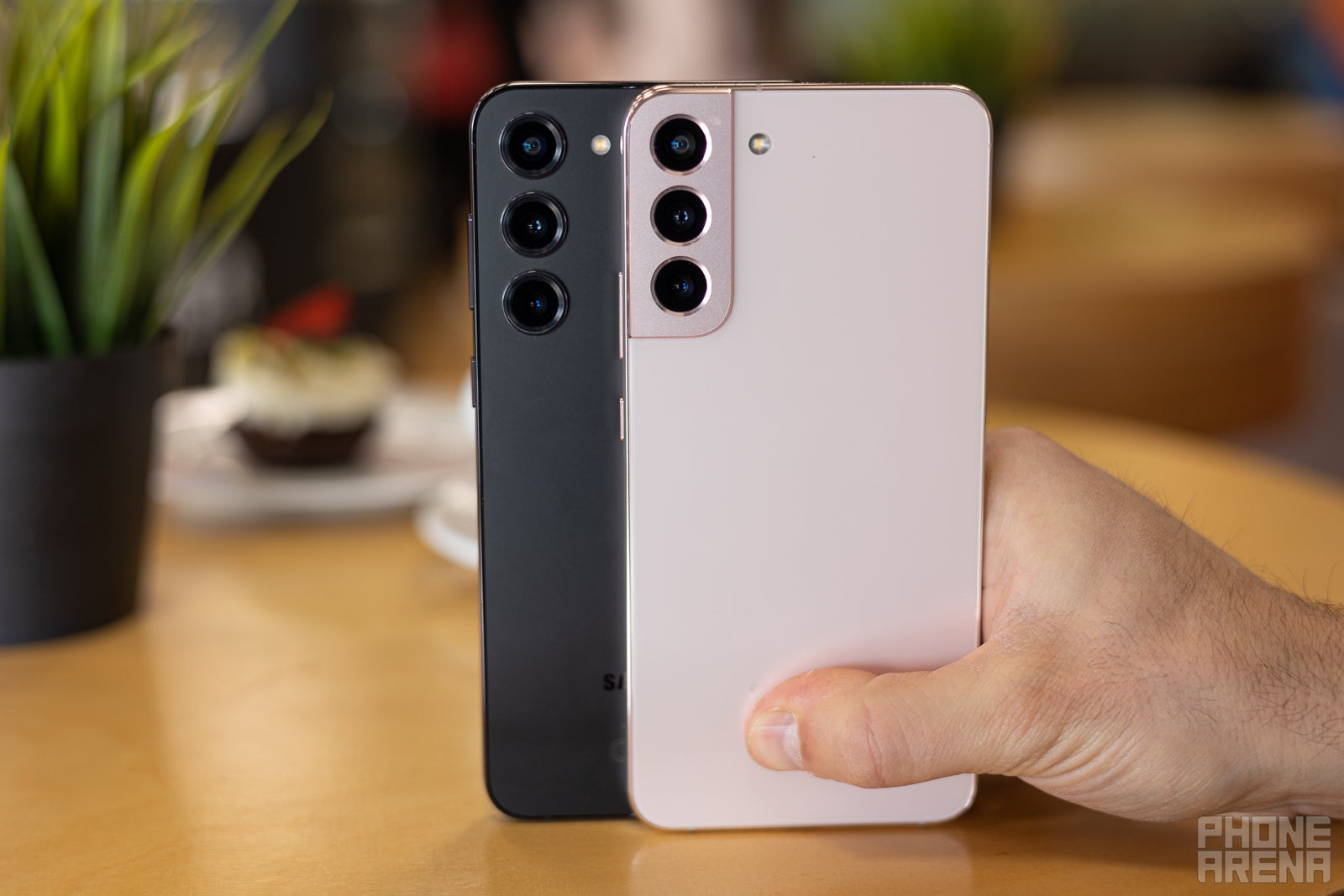
Galaxy S23 Plus vs Galaxy S22 Plus (Image credit - PhoneArena)
The Galaxy S22 Plus came with two different chipsets depending on the region — the Snapdragon 8 Gen 1 mainly intended for the US and its in-house Exynos 2200 in most international markets.
This practice is finally over with the Galaxy S23 series, which solely relies on Qualcomm's Snapdragon 8 Gen 2 for Galaxy chipset, a slightly tuned up version of the regular Snapdragon 8 Gen 2 chip that will power all new Galaxy flagships irrelevant of the market.
The Snapdragon 8 Gen 2 for Galaxy contains a high-performance Cortex-X3 core with a base speed of 3.32GHz, while the normal Snapdragon 8 Gen 2 has a slightly lower base clock of 3.2GHz. The Snapdragon 8 Gen 2 comes with two Cortex-A715 and two Cortex-A710 performance cores clocked at 2.8GHz, as well as three efficiency Cortex-A510 cores clocked at 2.0GHz. This setup helps the new phone achieve excellent performance, one that simply crushes last year's Galaxy S22 Plus!
The Snapdragon 8 Gen 2 is actually much faster and more efficient than both the Snapdragon and Exynos chips that powered last year's Galaxy S22 Plus. It even trades blows with Apple's latest chipsets, which is great to see!
Memory and storage-wise, the Galaxy S23 Plus comes with 8GB RAM, as well as either 256 or 512GB of native storage. This is a definite win over the Galaxy S22 Plus, which arrived with 128 or 256GB of storage on board, which essentially means that in 2023 you get twice the storage at the same price!
Memory and storage-wise, the Galaxy S23 Plus comes with 8GB RAM, as well as either 256 or 512GB of native storage. This is a definite win over the Galaxy S22 Plus, which arrived with 128 or 256GB of storage on board, which essentially means that in 2023 you get twice the storage at the same price!
Camera
The triple-camera setup returns
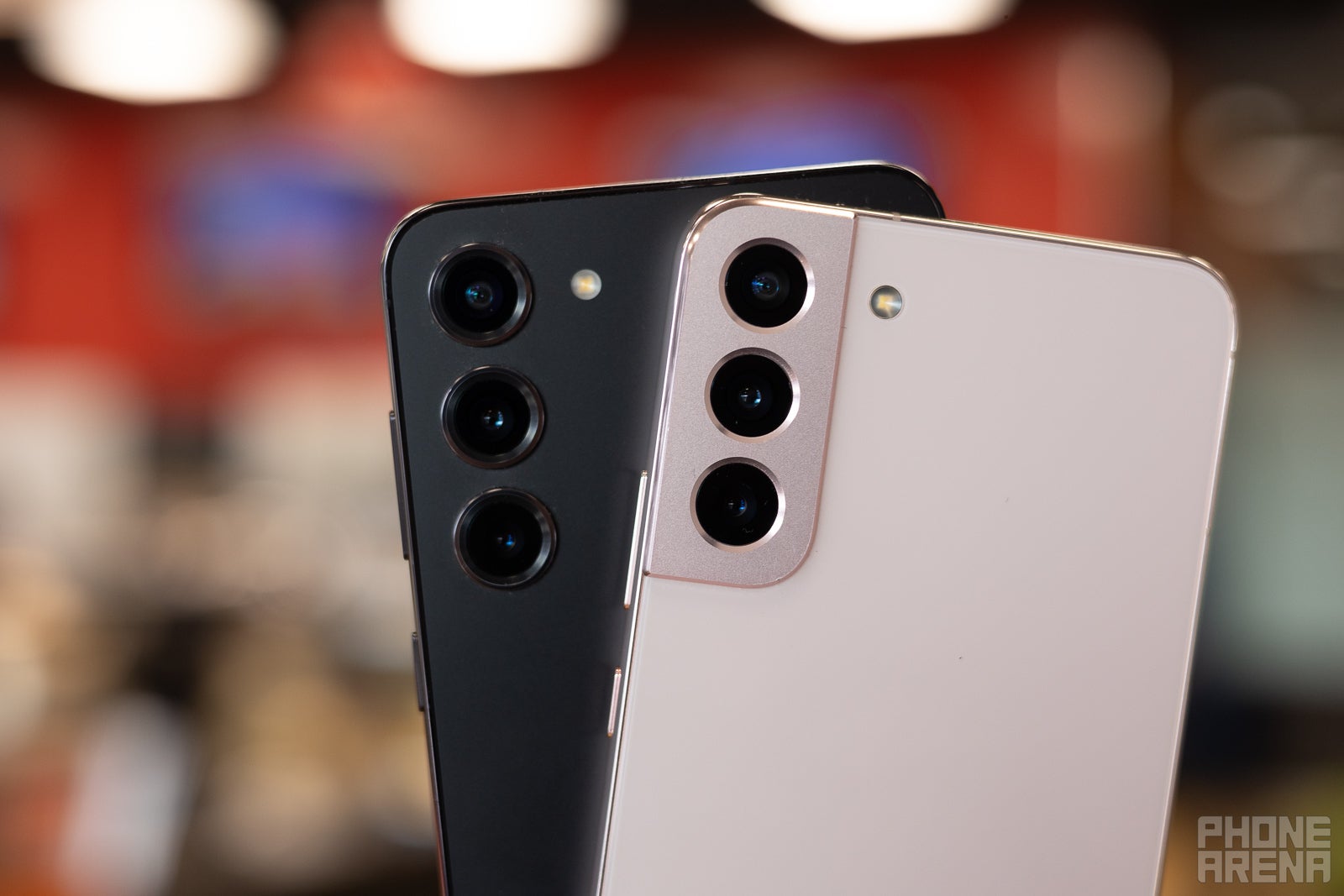
��Galaxy S23 Plus vs Galaxy S22 Plus (Image credit - PhoneArena)�
Unlike the Galaxy S23 Ultra, which is scoring a hot-new 200MP camera, the Galaxy S23 Plus camera reiterates the same hardware setup that made it inside the Galaxy S22 Plus. So, we are talking about a 50MP f/1.8 main camera with a 1/1.56” sensor, a 12MP ultra-wide camera with an f/2.2 aperture and a 1/2.55” sensor, and finally, a 10MP 3X optical zoom lens with an f/2.4 aperture and a small, 1/3.94” camera sensor. Up front, there's a brand new 12MP F2.2 selfie camera with improved low-light capabilities.
The most significant change is with the overly aggressive picture processing of the Galaxy S22 Plus has been dialed back on the Galaxy S23 Plus. We no longer experience significant over-sharpening, which is fantastic. Color rendition on the newest smartphone is considerably more realistic, especially with skin tones. I promise I don't look that reddish in real life. The winner is the Galaxy S23 Plus in those two instances, but spoiler alert, this wouldn't be the only time we'd favor the fresh new Galaxy S23 Plus over its predecessor. The new phone also resolves image dynamics better, with more details kept in the shadows and dark areas of the scene.
Here's yet another pair of camera samples that show just how much better the HDR is on the newer Galaxy. If you take a look at the coat of my colleague Victor, you'll be able to distinguish way more detail in the Galaxy S23 Plus photo, whereas the Galaxy S22 for the most part delivers way less information in those almost pitch-black areas of the photo. Facial colors look more natural on the Galaxy S23 Plus, too.
Ultra-wide
Yet another example that solidifies Galaxy S23 Plus' superiority in the color rendition and dynamics areas. Samsung's newer phone captures more natural and better-exposed photos, while at the same time you can spot a Galaxy S22 Plus photo by its over-saturated and garish colors, as well as unimpressive and downright disappointing HDR performance, which often leads to loss of detail in the shadows.
Zoom
Again, despite the lack of any obvious hardware changes in the Galaxy S23 Plus telephoto camera roster, the newer phone takes better and more usable zoomed-in shots. There is some detail loss with the Galaxy S22 Plus, and the reason is the amped-up contrast which leaves the impression of an inferior dynamic range. No such issues with the Galaxy S23 Plus; signs are way more legible, and you can even make out some details out of the tree barks in the back.
Portrait Mode
Unsurprisingly, my same general impressions carry on to the portrait mode. Dynamic range and exposure have been improved, so that the overall brightness is slightly lifted, and as a result, you get a much better portrait out of the newer phone. In comparison, the Galaxy S22 Plus tries to mimic a Pixel-like moody portrait photography but fails as it doesn't resolve as much detail in the shadows, not to mention the slightly oversaturated colors.
Selfies
Great selfies with the new 12MP camera, which is common across the Galaxy S23 range. Selfies turn out with truly excellent details and overall color rendition on the new Galaxy S23 Plus, while the Galaxy S22 Plus also produces good selfies, but way more over-saturated than they need to be. The same general notion applies to portrait selfies as well: the Galaxy S23 Plus is a spectacular performer in this discipline, with superb subject separation.
Video

The Galaxy S23 Plus is equipped with much more potent video stabilization, which is capable of absorbing twice as much jitter and motion blur. That's because the new OIS has a 3-degree threshold, while the Galaxy S22 Plus has a 1.5-degree of freedom to soak up uncontrollable shakes.
Videos generally look more natural on the Galaxy S23 Plus as well, with a slightly boosted exposure that lacks the moodier appearance of the Galaxy S22 Plus. Detail is great in both instances, and if you're serious about 8K video, you can't go wrong with the new phone: it shoots up to 8K@30fps videos (up from 8K@24fps on last year's Samsung flagships), which makes video footage way more usable for post-processing purposes.
Audio Quality and Haptics
The Galaxy S23 Plus and Galaxy S22 Plus both have excellent audio, with loud and rich sound emanating from the stereo speakers. We'd give out the edge to the new phone, which has a slightly deeper bass and mids. Overall, if you listen to audio on your phone's speakers all the time, neither phone disappoints, though the Galaxy S23 Plus definitely takes the upper hand here.
Having strong haptic feedback is something critical that some manufacturers used to underestimate, but Samsung has giving us flagship phones with great haptic feedback for years now. Both the Galaxy S23 Plus and the Galaxy S22 Plus click superbly, with pleasing haptic feedback sprinkled throughout the interface.
Battery Life and Charging
Greener pastures lie ahead
With a larger 4,700mAh battery and possibly a more efficient chipset, the Galaxy S23 Plus battery is already setting the potential bar high, raising our hopes for outstanding battery life in comparison with the 4,500mAh cell inside the Galaxy S22 Plus, which was also powered by less efficient chips.
In terms of charging, there are no changes in the charging speeds, so the Galaxy S23 Plus will max out at 45W wired charging, the same as the Galaxy S22 Plus. Good enough for today's standards, but still way behind many Chinese smartphones that are comfortably supporting charging speeds above 100W. For battery health in the long run, however, slower charging is usually recommended, so Samsung might be right on the money here.
In our tests, the Galaxy S23 Plus charges up fully in 1 hour and 11 minutes with the supplied 45W charger, while the Galaxy S22 Plus does the same exercise in roughly an hour, so it's about the same experience on both phones. You can expect to get around 55% on both devices in around 30 minutes of charge time, so that you can be ready to get about with your day in no time.
When it comes to wireless charging, both phones support Samsung's Fast Wireless Charging 2.0 standard, which should max out at 15W. In our tests, the Galaxy S23 Plus charges fully in 1 hour and 49 minutes, while its predecessor got a full charge in 1 hour and 39 minutes, so both phones are in the same ballpark when it comes to wireless charging. Reverse wireless charging is still part of the mix, so you're free to charge your Galaxy Buds or Galaxy Watch on the go.
Specs Comparison
Here's how the specs of the Galaxy S23 Plus stack up against the Galaxy S22 Plus in our Galaxy S23 Plus vs Galaxy S22 Plus specs comparison table.
| Specs | Galaxy S23 Plus | Galaxy S22 Plus |
|---|---|---|
| Dimensions | 6.21 x 3 x 0.3 inches (157.8 x 76.2 x 7.6mm) | 6.20 x 2.98 x 0.30 inches (157.4 x 75.8 x 7.6mm) |
| Weight | 196gr | 196gr |
| Screen | 6.6-inch, 1080 by 2340-pixel resolution, Dynamic AMOLED LTPS display, 48-120Hz refresh rate | 6.6-inch, 1080 by 2340-pixel resolution, Dynamic AMOLED LTPS display, 48-120Hz refresh rate |
| Processor | Qualcomm Snapdragon 8 Gen 2 for Galaxy | Qualcomm Snapdragon 8 Gen 1, Exynos 2200 |
| RAM | 8GB | 8GB |
| Storage | 256GB, 512GB | 128GB, 256GB |
| Rear Cameras | 50MP, F1.8 aperture, 23mm, 1/1.56” sensor size, OIS, PDAF 10MP, 3.0X optical zoom, F2.4 aperture, 69mm, 1/3.94” sensor 12MP, ultra-wide F2.2 aperture, 13mm, 1/2.55” sensor size | 50MP, F1.8 aperture, 23mm, 1/1.56” sensor size, OIS, PDAF 10MP, 3.0X optical zoom, F2.4 aperture, 69mm, 1/3.94” sensor 12MP, ultra-wide F2.2 aperture, 13mm, 1/2.55” sensor size |
| Front Camera | 12MP f/2.2 | 10MP f/2.2 |
| Battery Size | 4,700mAh | 4,500mAh |
| Charging Speeds | 45W wired, !0W Fast wireless charging | 45W wired, 15W Fast wireless charging |
| Price | $999 | $999 |
Summary and Final Verdict
It appears that the Galaxy S23 Plus improves on many important aspects of the Galaxy S22 Plus and perfects the Samsung formula. Vastly improved performance and much better battery life are the main strengths the Galaxy S23 Plus introduces over the Galaxy S22 Plus, and those aren't small upgrades by any means. These are essential key aspects of the experience that make a strong case for upgrading from the old model to the new one, especially if you're using an Exynos model. This is true even though we're in such a point that buying a new phone each year is no longer necessary.
The Galaxy S23 Plus is more than a decent upgrade over the Galaxy S22 Plus. Even though it's overshadowed by the much more intriguing Galaxy S23 Ultra, it's still a mighty potent and exciting, no-frills phone that would serve you well for years to come. In fact, Samsung will support it until 2027 with major software updates, a reassuring sign about the projected longevity of the device.
As most products on the market have matured long ago, we are in for a slower ride, with fewer and fewer major overhauls between device generations. Seldom do we see such major improvements in-between generations, which Samsung achieved by dropping its chipset endeavors in favor of Qualcomm's superior chipset, which is the ultimate component that makes or breaks a device in the long run.
As most products on the market have matured long ago, we are in for a slower ride, with fewer and fewer major overhauls between device generations. Seldom do we see such major improvements in-between generations, which Samsung achieved by dropping its chipset endeavors in favor of Qualcomm's superior chipset, which is the ultimate component that makes or breaks a device in the long run.
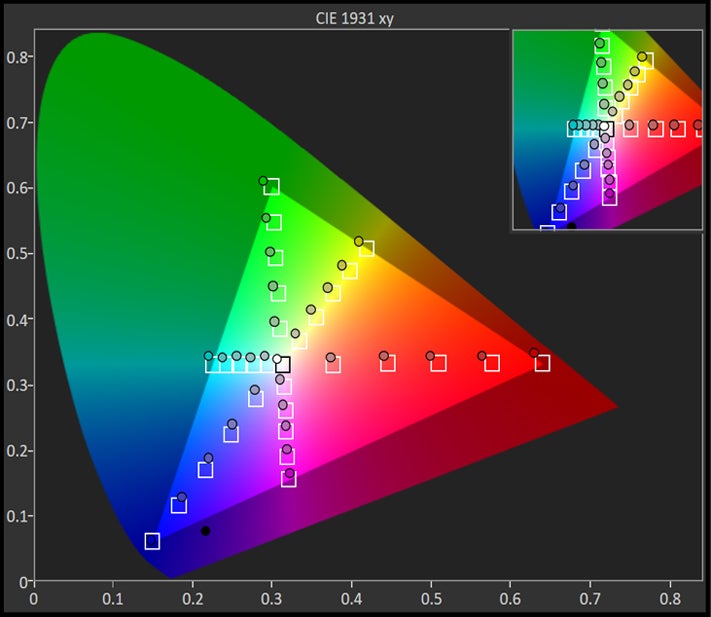




































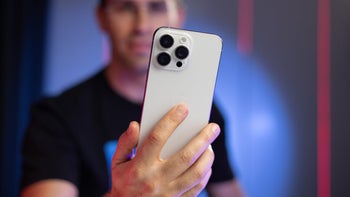
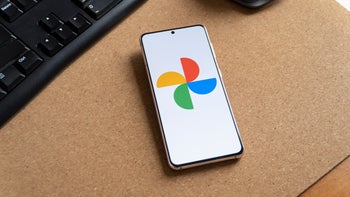
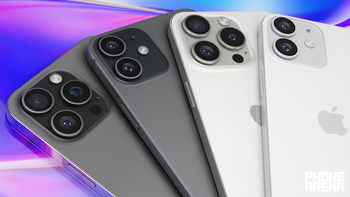
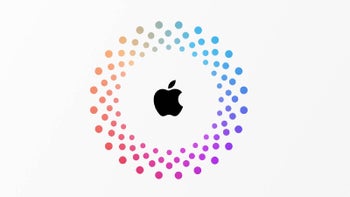

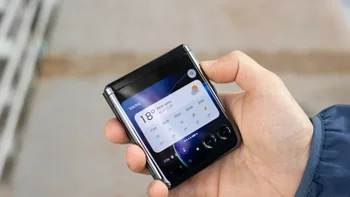






Things that are NOT allowed: